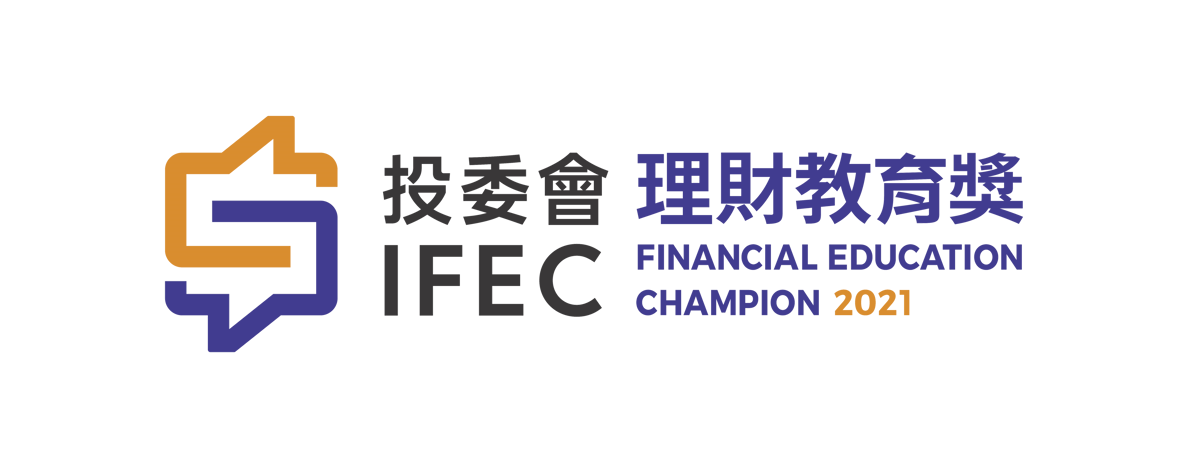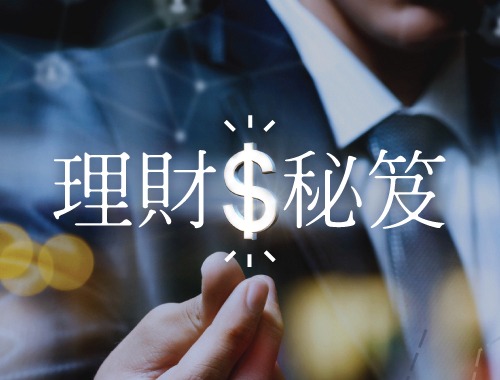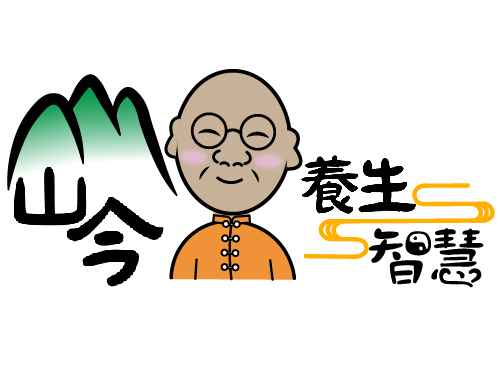BEIJING, May 14, 2024 /PRNewswire/ -- A report from People's Daily: Since the Industrial Revolution in the 18th century, the continuous development of productivity and economic globalization has led to the accelerated flow of production factors worldwide.
As a result, the distribution of manufacturing capacity in different countries and regions has been constantly changing, forming a dynamic global pattern of production capacity.
This is an objective phenomenon determined by economic laws under market economy, which requires a science-based and rational understanding.
The global production landscape is a result of economic globalization. Under open market economy, an international division of labor has been formed due to the comparative advantages of countries. Through international trade, they share the benefits brought about by this division of labor and specialization. This is the inherent logic behind economic globalization and free trade.
For example, according to a report by the Semiconductor Industry Association of the United States, semiconductor companies headquartered in the United States reported total sales of $275 billion in 2022, accounting for 48 percent of the global market. In the $180.5 billion semiconductor market in China, American companies held a share of 53.4 percent.
Another example is Japanese carmaker Toyota. The company sold nearly 10.31 million vehicles worldwide in the 2023 fiscal year, and nearly 8.78 million were sold outside Japan.
This situation, where production capacity exceeds domestic market demand in a country, is not "overcapacity" as claimed. Instead, it is a natural phenomenon of international division of labor and specialization based on comparative advantages during the process of economic globalization. It is one of the manifestations of market mechanisms.
The global production landscape is a result of the law of value. In market competition, capacity with higher production efficiency can obtain higher profits by offering lower prices, thereby eliminating capacity with lower efficiency. In this process, the coexistence of efficient and inefficient capacity is not indicative of overcapacity, but rather a necessary stage for the law of value to take effect.
For instance, with technological advancements and the growing popularity of green development concepts, new energy vehicles are gradually replacing traditional fuel-powered cars.
According to the International Energy Agency's "Global Electric Vehicle (EV) Outlook 2024" report, global EV sales reached nearly 14 million units in 2023, accounting for 18 percent of the total. It is projected that by 2030, 1/3 of cars running on Chinese roads will be electric, while the proportion in the United States and the European Union is expected to approach 1/5.
Given the global trend of new energy vehicle development, the supply-demand gap in the global new energy vehicle industry is widening, indicating that efficient capacity is not in surplus but rather insufficient.
Therefore, it is the market that should determine, in the global context, which industries have overcapacity and identify surplus capacity. Excluding competition under the pretext of "overcapacity" goes against the fundamental principles and rules of a market economy and fails to meet the requirements of the law of value. It will inevitably lead to monopolies, inefficiency, and stagnation, which are detrimental to the long-term development of any country.
The global production landscape is a result of economic laws and technological innovation. Regions with active innovation and rapid technological progress tend to have a greater variety of production capacities and faster capacity upgrades. Competition, mergers, and acquisitions among capacities with different technological levels and routes are inevitable in this process.
The rise of China's new energy vehicle industry can be attributed to the overall innovation in energy drive systems such as batteries and motors, which is driven by green and low-carbon development.
This innovation has led to the concentration of high-quality global new energy capacities in China. Last year, over half of the Tesla vehicles delivered worldwide were produced by the company's Shanghai Gigafactory. International companies such as Bosch, Magna, and BASF have also expanded their research and development investments in the Chinese market.
The overall innovation and rise of China's new energy vehicle industry not only meet the demands of the Chinese market, but also bridge the global supply-demand gap in the industry and contribute to green development.
Hildegard Muller, president of the German Association of the Automotive Industry, believes that the development of the Chinese EV industry and the vitality of the Chinese market are beneficial to the global automotive industry.
As the world's largest manufacturing country and the largest exporter of goods, China is witnessing the rise of numerous emerging industries and enterprises, as well as a constant push for innovation and competition driven by technological advancements. This showcases the country's economic vitality and creativity, rather than excessive investment and overcapacity.
The global realignment of production capacity driven by market forces will continue to progress despite setbacks. In recent years, some countries have pursued "decoupling" and implemented measures such as "small yard, high fence," "friend-shoring," and "capacity backup" for political purposes. These actions have resulted in excessive duplication of production and global overcapacity. Such anti-globalization actions that exclude competition and violate the principles of market economy, have raised global production costs, reduced economic efficiency, and harmed the welfare of global consumers and the interests of related industries.
Faced with the continued growth and development of China's manufacturing industry, the correct and positive approach should be to engage in open and fair competition with Chinese companies, while also seeking opportunities for cooperation and mutual progress.
Openness brings progress, while seclusion leads to backwardness. This is an important lesson that China has learned from its history over the past two centuries, and it will continue to be tested in the new century.
source: People's Daily
【你點睇】內地旅客赴港澳購物免稅額提高,你認為能否幫助促進本港旅遊消費?► 立即投票































